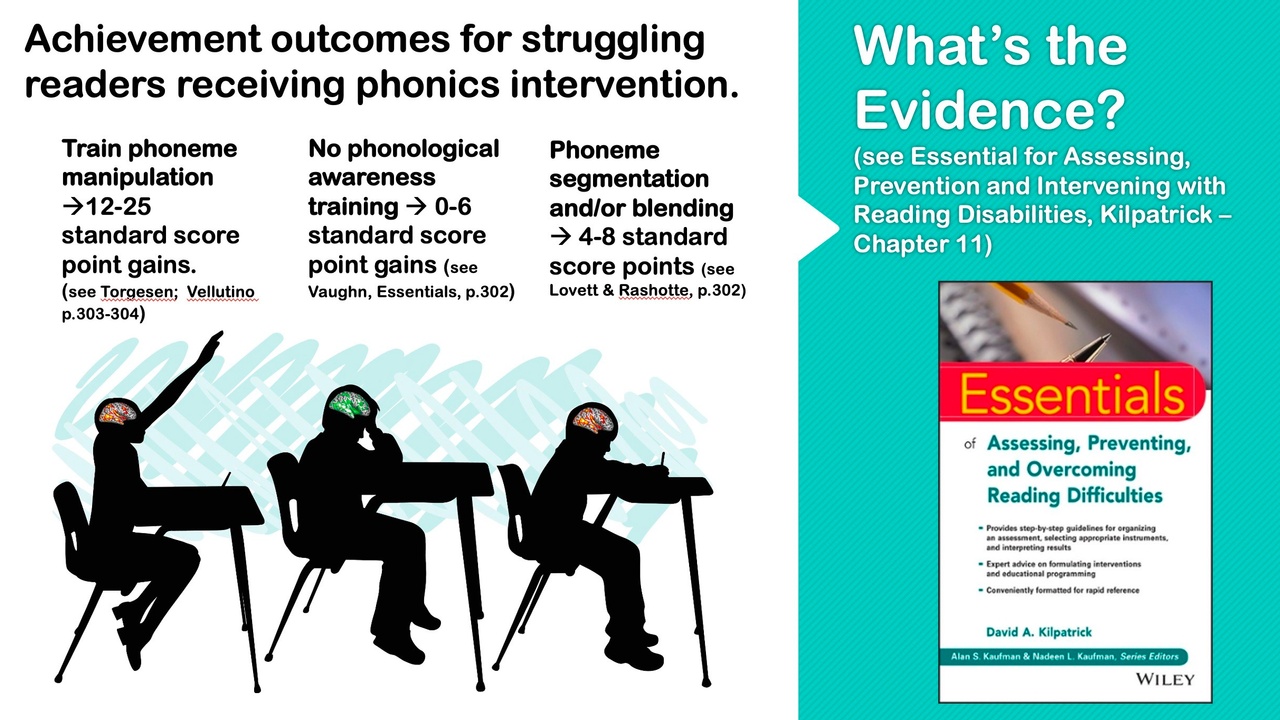Tips for Effective Skill-Building During a Pandemic
Feb 12, 2021
Mid-year assessments have arrived, and educators are working harder than ever to meet the needs of their students. Whether they are delivering instruction through multiple modalities, engaging remote learners despite physical distances, or ensuring the personal safety of their class and colleagues, teachers are developing creative solutions to seemingly insurmountable challenges.
Providing robust, high-quality instruction is a challenging task in the best of circumstances but given the logistical obstacles of a pandemic it can be downright daunting. Yet, every weekday morning educators are still turning on the lights in the classroom or the cameras on their computers and putting in the work.
Here in Massachusetts we are approaching our February school vacation week, which in the depths of winter is always a welcomed opportunity for recalibration. Now that learning communities have been developed, and routines established, educators are considering modifications to content that will effectively address weaknesses revealed in mid-year data.
What follows are a series of evidence-based practices that can maximize the effectiveness of precious instructional time.

FOCUS ON EVIDENCED-BASED STRATEGIES FOR WORD RECOGNTION
When time and resources are limited, robust findings from the research offer helpful guidance toward effective practices. In his book, Essentials for Preventing, Assessing and Overcoming Reading Difficulties, David Kilpatrick (2017) highlights the elements of reading interventions that result in the greatest gains in skill building (between 12-25 standard score points) namely:
· Beginning in first grade, building phonemic awareness skills beyond segmenting and blending to the advanced level. Advanced level phonemic awareness skills include the manipulation and deletion of individual sound and ensure students are automatic in these tasks. Free resources on these skills are available on David Kilpatrick’s website.
· Provide explicit, systematic phonics instruction that teaches skills in a logical sequence. In first grade, Kilpatrick cites evidence to suggest that incorporating work with word families (i.e., rime patterns) may support the development of word recognition fluency.
· Offer plentiful opportunities to apply skills to controlled/decodable and uncontrolled connected text (i.e., sentences, paragraphs, books). The S.P.I.R.E. phonics program is generously providing free PDFs of decodable books and workbook sheets for instruction.

My first focus was looking at phonics instruction. Our district has used the Fundations reading program in K – 2, I wanted to ensure we would work through the entire curriculum in an efficient way, given the hybrid model. So, in the beginning of the year, I collaborated with my colleagues to create a curriculum map and pace the content. We wanted to get through every unit, and this type of planning increased our confidence in covering all the critical concepts in an efficient way.
The nature of our instructional framework also allowed for district reading tutors to deliver live virtual Tier 1 instruction in foundational skills on at-home days. They’ve focused on consistent structured literacy routines that prioritize accurate and fluency word reading that supports comprehension, and we see a positive response from our students. - Rebecca Brand, Literacy Specialist
OFFER PD AND COACHING IN PHONICS FOR UPPER-ELEMENTARY TEACHERS
This school year has been unprecedented on many levels including the shifting roles of educators. Teacher shortages and gaps in student skills from abridged instruction last spring have placed new demands on educators.
In order to support her district’s third-grade teachers, who historically have not provided core instruction in foundational phonics, Rebecca Brand developed a fluid and flexible approach to professional development and coaching.
I collaborated with a third-grade classroom teacher to develop a process for rolling out multi-sensory phonics routines in third grade. This is the first time our third-grade teachers are delivering multi-sensory phonics instruction and we wanted to ensure they were supported every step of the way.
Our approach included an initial workshop in the foundational elements of multi-sensory phonics, and weekly lesson plans that followed a predictable sequence. I think our most effective element, however, are brief instructional videos that are embedded into each lesson. These five-minute videos model the lessons, or teaching routines, like dictation, for the teachers but can also be used as mini-lessons for the students.
Stay connected with news and updates!
Join our mailing list to receive the latest news and updates from our team.
Don't worry, your information will not be shared.
We hate SPAM. We will never sell your information, for any reason.

